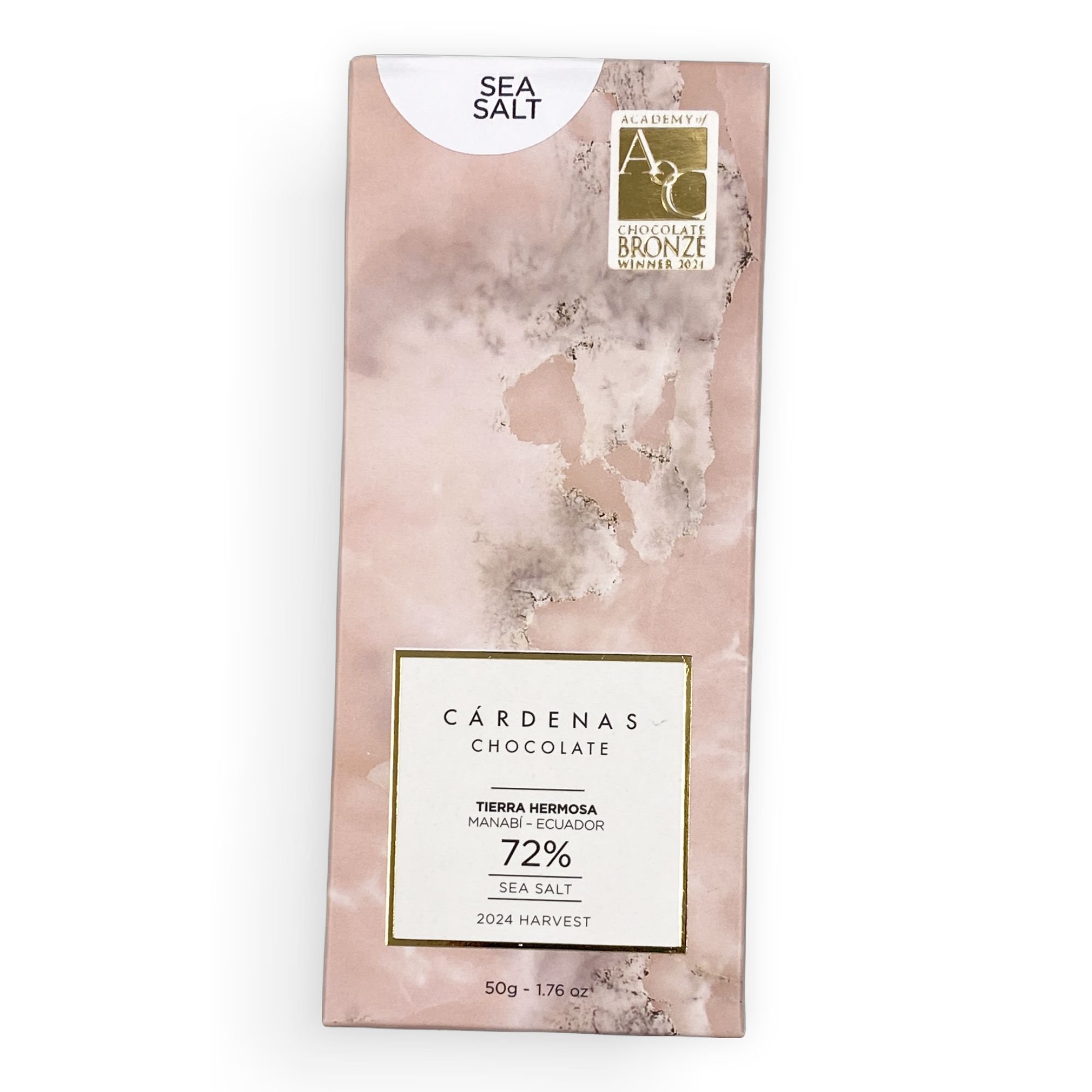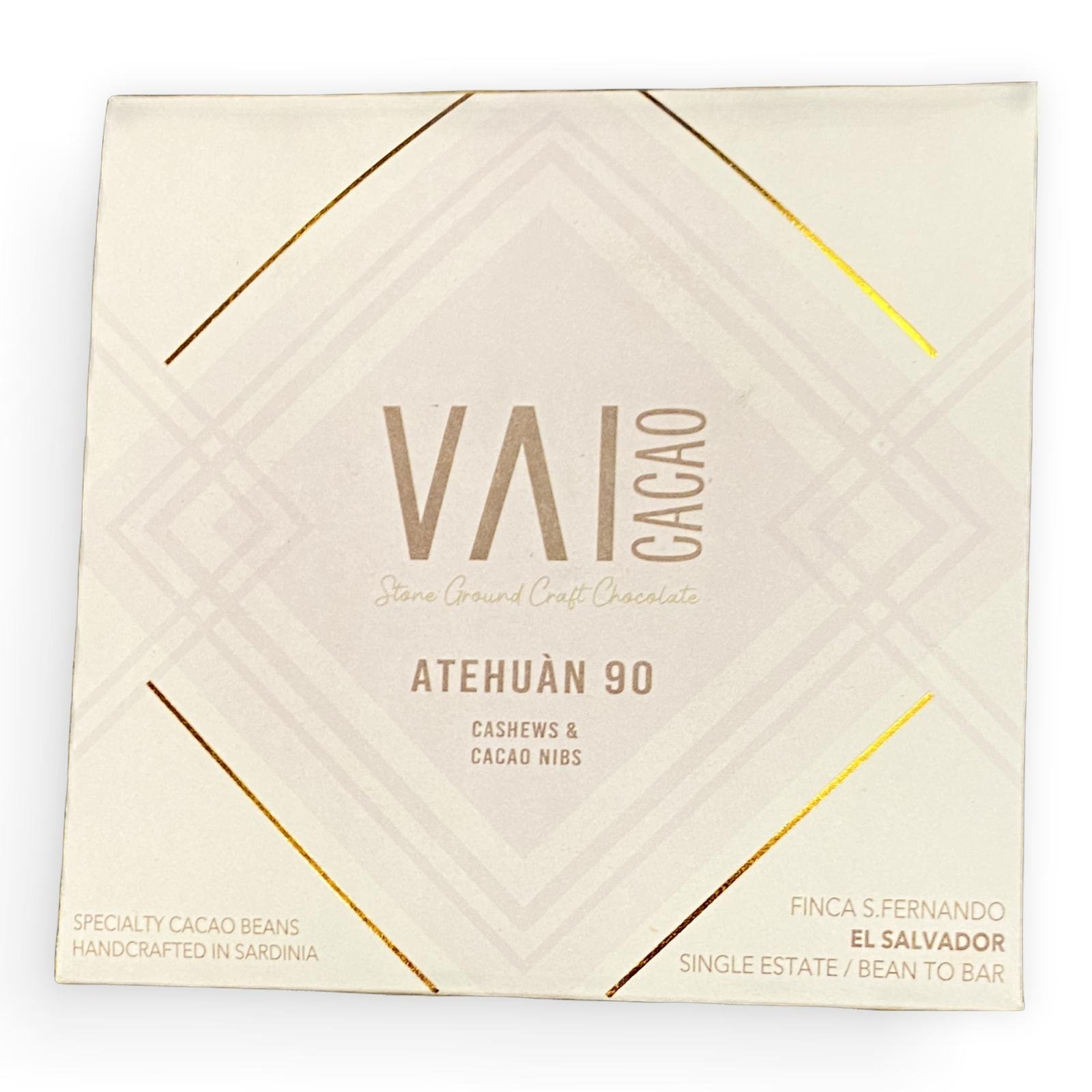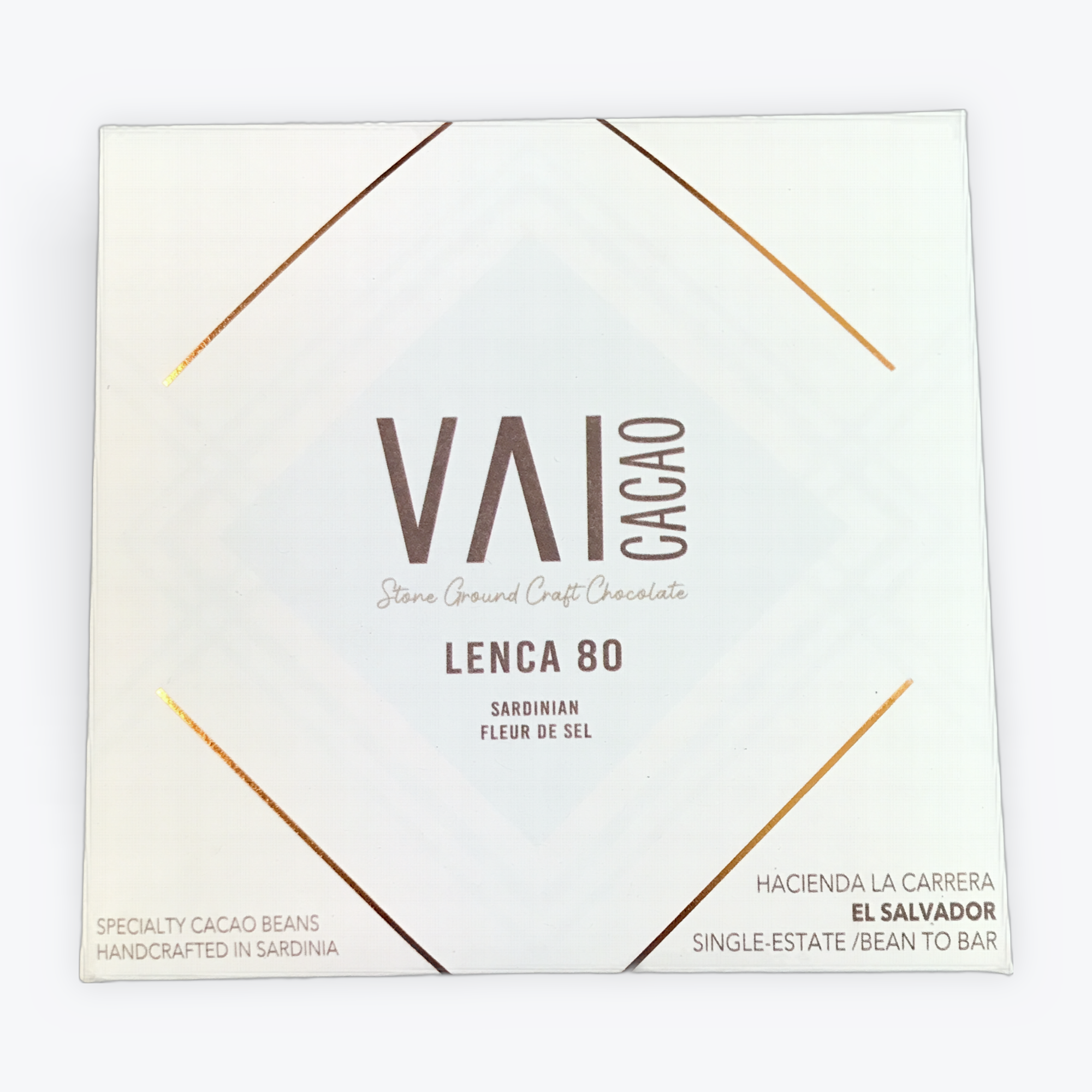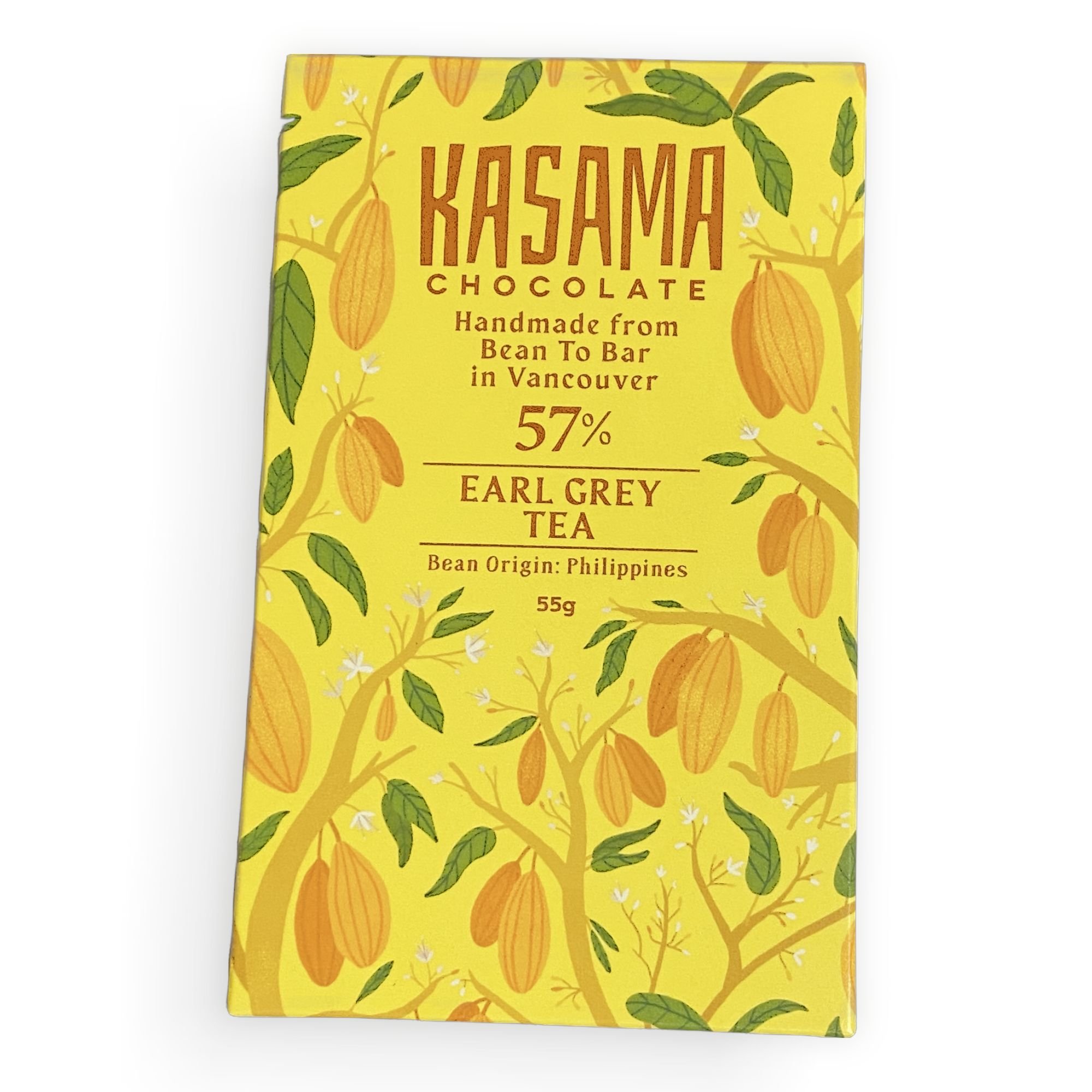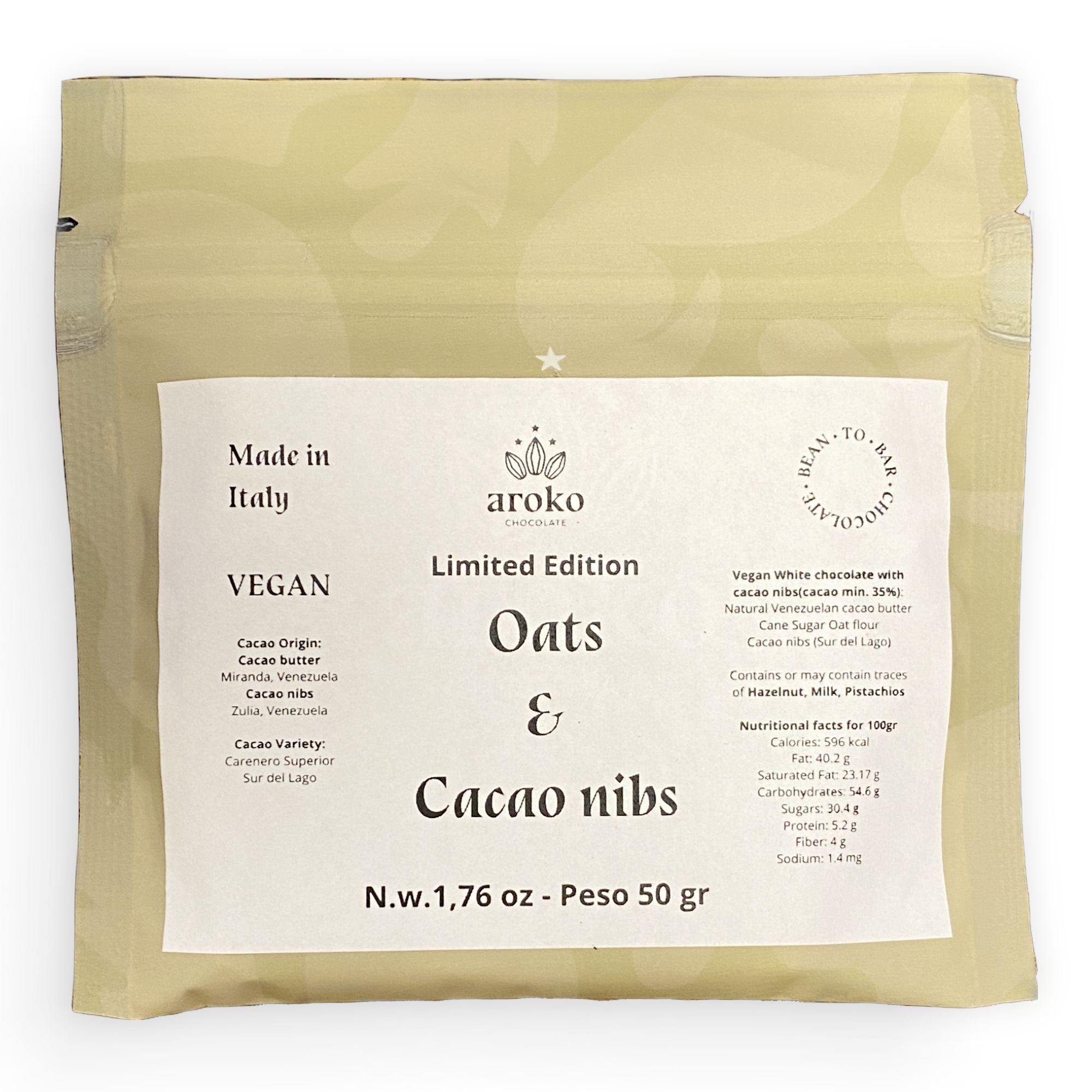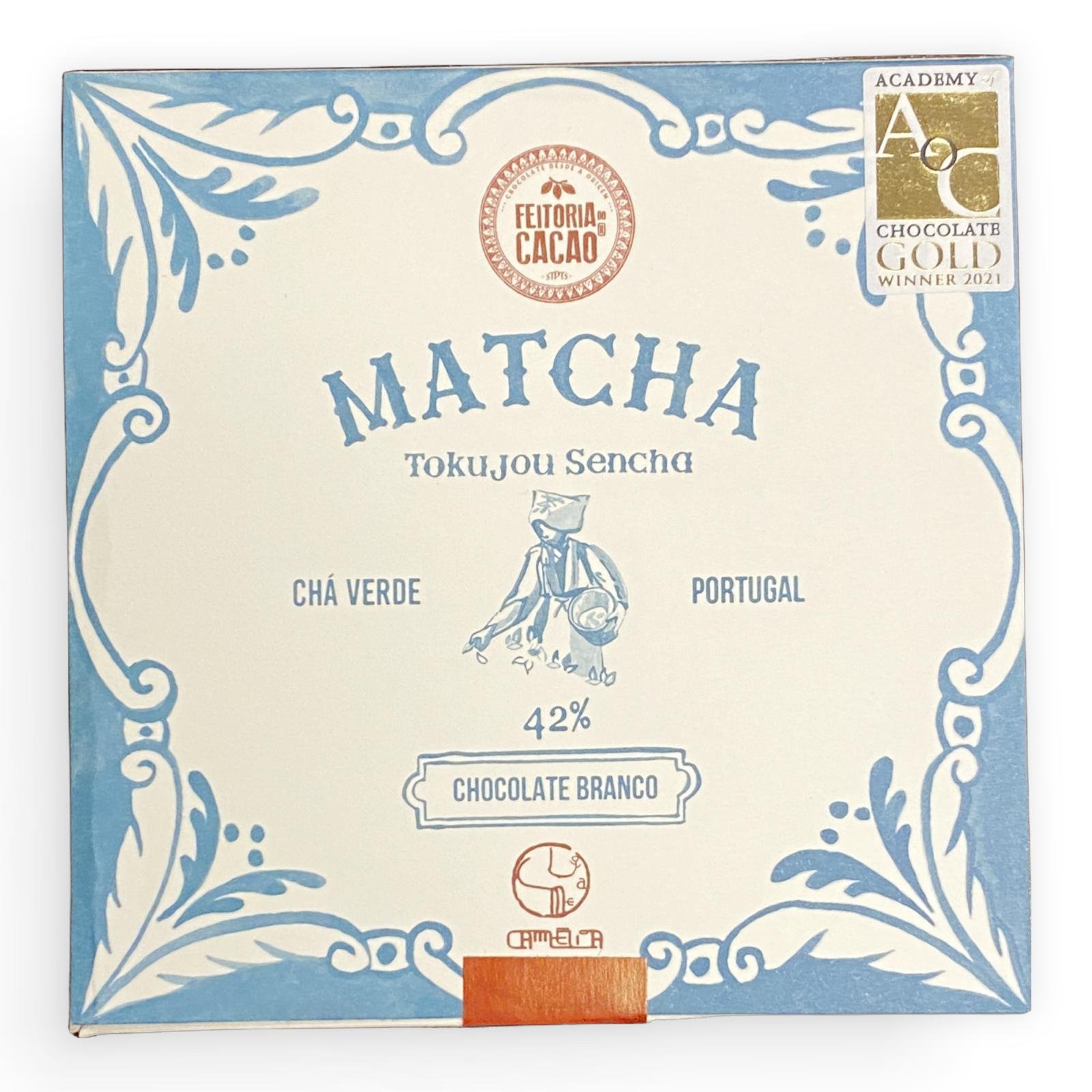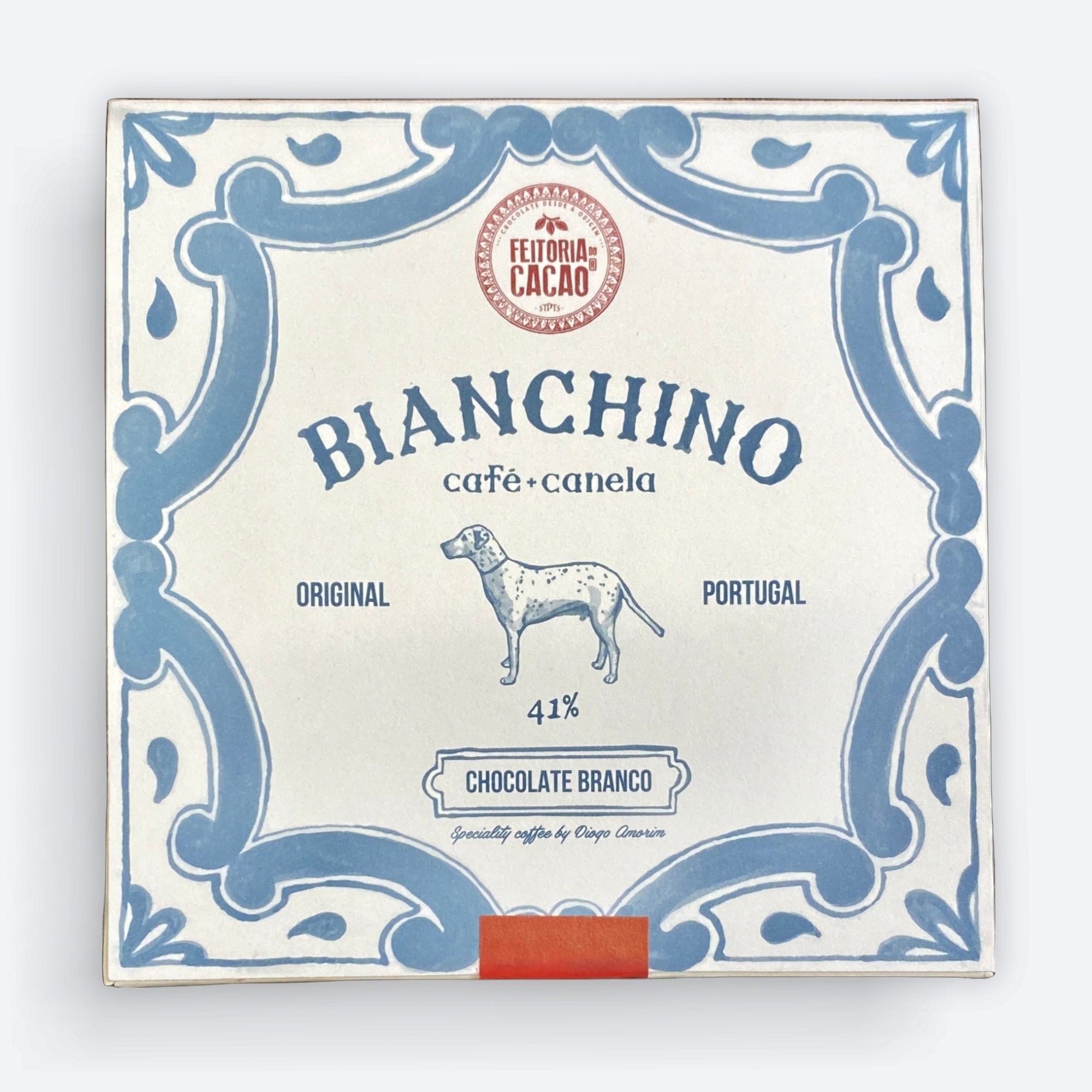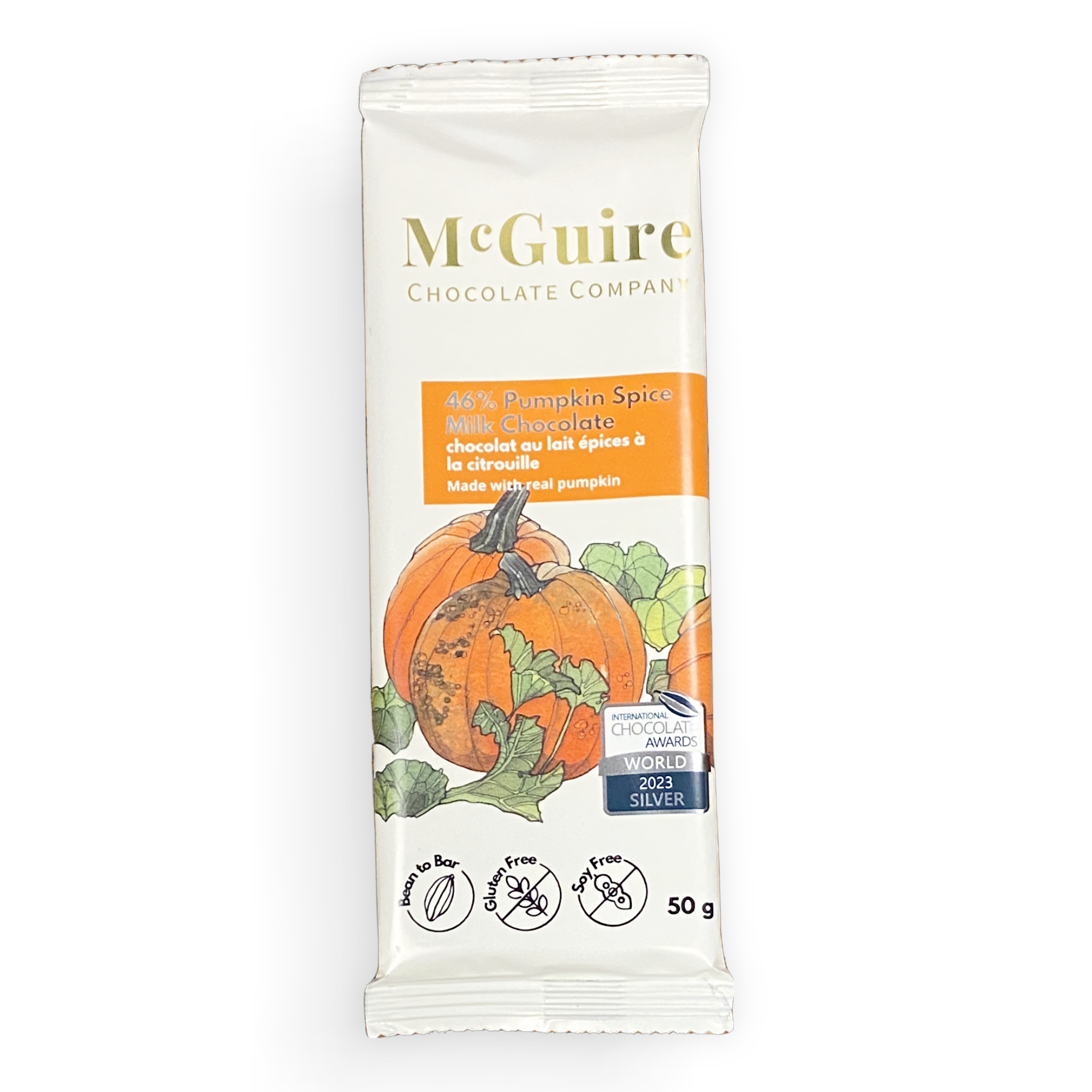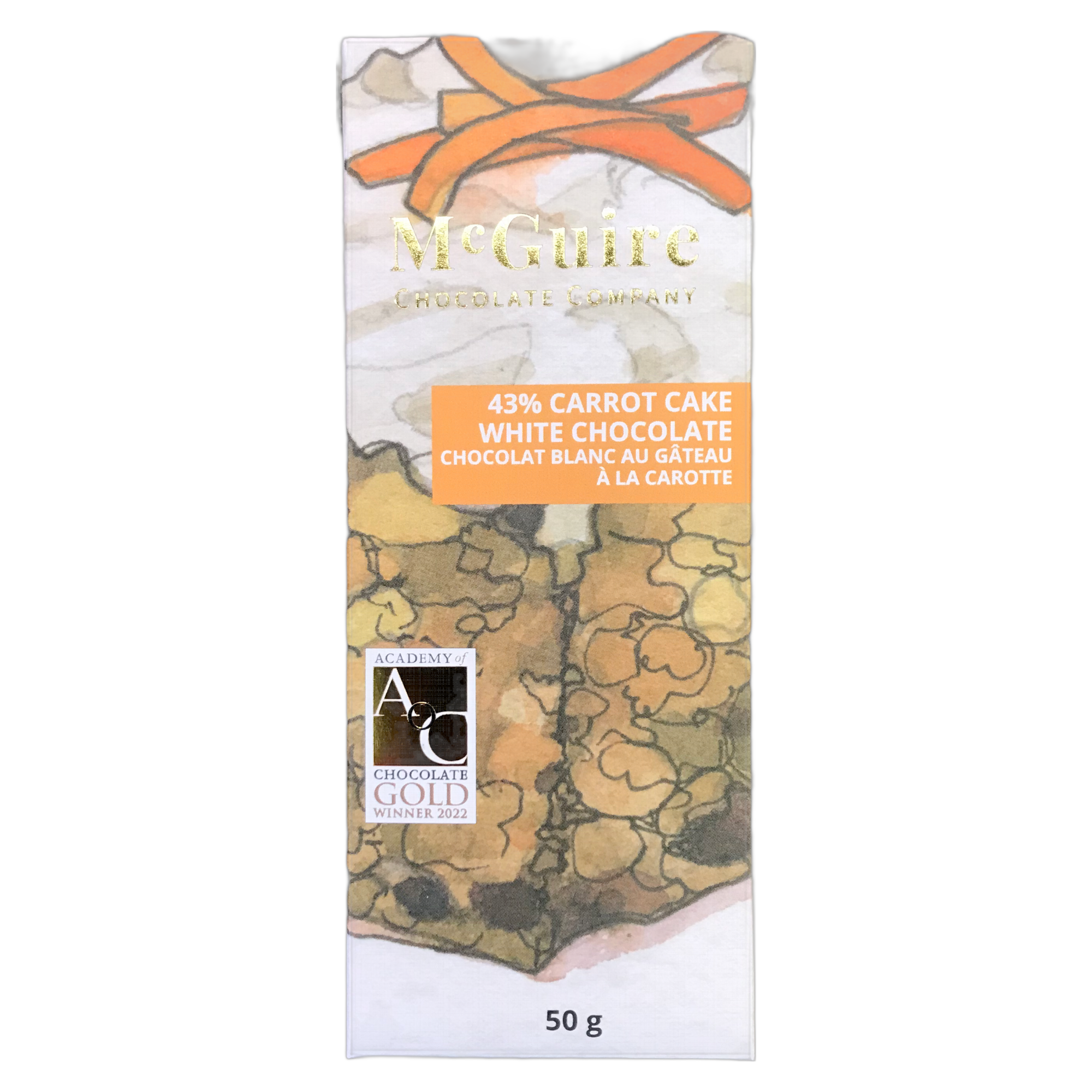How do I know if my chocolate is low or high quality based on ingredients?
Any informed consumer must always rely on listed ingredients on whatever they purchase, not just what’s listed in bold bright colours on the front of the bar. Ingredients tell you (almost) the whole story. Keep in mind that the type of chocolate you are looking for will contain different ingredients, so we will compare low and high quality based on type of chocolate.
Also keep in mind that there is a scale of quality when it comes to chocolate. I would always place chocolate on a scale as opposed to grouping it in one or the other. However, for the purpose here I will offer the two extremes of quality. Other factors which impact quality are the genetics of the cocoa bean followed by types of ingredients. Method of making chocolate also impacts overall quality as well. This summary will focus mainly on ingredients, since as a consumer, you will not know the genetics of the beans or the methods of the chocolate making.
Dark chocolate
High quality Dark Chocolate
High quality dark chocolate should only have 2 or 3 ingredients, 2 of which both come from the cocoa bean. Ingredients would read something like:
cocoa bean (AKA cacao bean, cocoa nibs, nibs, cocoa mass)
Sugar (normally beet, cane, or coconut sugar these days)
cocoa butter (which is simply fat from the cocoa bean, and added at a small percentage to influence how the chocolate flows when melted, and usually more important to the maker than the consumer)
That is it! Those are the only ingredients in a very fine dark chocolate. This is why the cocoa bean itself is so important (it’s genetics, how it was cured, roasted, and refined), because this is the only place the flavour is coming from.
Think of dark chocolate like black coffee or an espresso. The focus is on the flavour of the coffee bean itself, with water aiding and tempering the flavour (otherwise you’d be chewing on whole beans). Since chocolate is a fat, we can’t add water to temper the flavour, we add a little sugar. A high quality dark chocolate doesn’t have too much sugar, but just enough to bring out the flavour. How much sugar is added depends on the qualities of the bean (how intense it is) and what the maker is trying to achieve.
So what do you not want to see in the ingredient list in dark chocolate? That brings us to low quality dark chocolate.
Low quality Dark Chocolate
This chocolate will normally have the same 3 ingredients listed above. However, the bean itself is a lower quality (less flavour, more bitter, or more simple), sometimes higher sugar content, and usually no extra cocoa butter. Here are some ingredients that would tell me this dark chocolate is not high quality:
Vanilla (Vanilla is fine for a flavoured bar, but not in a pure high quality dark chocolate. You wouldn’t add vanilla to your espresso, would you?)
Flavour enhancers, both natural and artificial (like vanilla, these are there to improve the flavour of a lower quality cocoa bean. Also keep in mind “natural flavours” are not natural at all in the way you may think)
Lecithin (A contentious issue, but not necessary in fine dark chocolate. In my experience, I have never had a wonderful dark chocolate bar which contains any sort of lecithin. This is used to replace the more expensive cocoa butter added to improve molten chocolate flow.)
Palm Kernel Oil (This is often used to replace cocoa butter. This is often what gives chocolate its waxy texture)
Milk or milk ingredients such as whey powder (Many people think all chocolate includes milk, but dark chocolate should not. Cheaper brands may add some milk derivative)
Anything else really
Flavoured Chocolate (Includes milk chocolate)
Image by @mashkov
Let’s quickly define ingredient vs inclusion, since many people confuse this. An inclusion in a chocolate bar is something added after the chocolate was made in the refiner (such as sprinkling nuts or adding dried fruits or powders). An ingredient is something added to the refiner while the beans are turning into chocolate. They are an ingredient, an integral part of the actual chocolate.
There are many types of flavoured chocolate. They are essentially flavoured dark chocolate bars, but become something else when this ingredient is added. Typically, the ingredients included cocoa beans, sugar, and something else. This something else can include:
Milk to create milk chocolate (what make milks chocolate, well, milk chocolate, is the addition of milk powder. Not the level of sweetness or percentage)
Nuts to create a gianduja
Tea/Spices/Herbs to create other flavoured bars
Coffee beans
The possibilities are endless
However, for simplicity I will just focus on milk chocolate since this is what people expect and often look for. Not many people look for information on gianduja or coffee bars. Keep in mind that many of the same faux pas will apply to other flavoured chocolate.
High quality Milk chocolate
A high quality milk should have 4 ingredients. The last one is something I would prefer not to see, but I do offer a pass if the chocolate flavour shines:
Cocoa beans (quality of the bean still matters, and percentage should be higher at 40%, 50%, and up from there)
Sugar (lower percentage compared to commercial milk chocolate)
Cocoa butter (necessary since the lower amount of cocoa bean will make the chocolate too thick - the additional cocoa butter will make it flow better so the maker can pour it into molds)
Milk powder
Lecithin (I offer a pass on this for milk chocolate as I actually have had incredible single-origin milk chocolate which includes lecithin. Again, this helps with the flow. It’s not necessary, and I would appreciate it without it. Having lecithin that is non-GMO is helpful to know as it may indicate the care the maker puts into choosing ingredients)
Low quality Milk chocolate
Here are things I do not want to see on the label of my milk chocolate:
Lower percentage cocoa bean, and therefore very sweet (which masks flavour of the cocoa bean)
Palm kernel oil to replace the cocoa butter
Vanilla (same reason as dark - you want the flavour of the cocoa bean to shine through)
Flavour enhancers, both natural and artificial (same reason as above)
white chocolate
High quality white chocolate
What is white chocolate? White chocolate is not made from the whole bean/nib, but only from the fat of the bean: the cocoa butter. A base for a standard white chocolate includes:
Cocoa butter
Sugar
Milk Powder
A flavour ingredient - usually vanilla (this is necessary, as on it’s own it will not taste great as in other chocolate the flavour comes from the bean. The flavour of cocoa butter (deodorized or not) isn’t very pleasant on its own).
Since white chocolate on it’s own requires flavours, you will see many flavoured white chocolates and no single-origin white chocolate bars (since the cocoa is absent and so no unique or pleasant flavours from it will be found). This is why you will find many flavoured white chocolate bars on this site and by many bean-to-bar makers including matcha tea white chocolate, strawberry white chocolate, carrot cake white chocolate, and so forth. Like whipping cream or pastry cream, white chocolate can easily carry flavours that would get lost when blended with the whole cocoa nib.
Low quality white chocolate
Ingredients I do not want to see in my white chocolate are:
Flavour enhancers (artificial or natural) as these are not real food ingredients
ANY other fat other than cocoa butter
Considerations
Keep in mind this applies to chocolate bars. Couverture chocolate used by chocolatiers will always have lecithin added, even for dark chocolate. In my opinion, there are grades to couverture as well. For instance, Valrhona, Michel Cluizel, are high quality than say Cacao Barry, which is much better than say Callebaut. The quality here is based on the flavour (although generally muted due to the beans used for couverture), sugar content, off-flavours, and texture.
Conclusion
There is much more that can be expanded on here in regards to quality and ingredients, and I have not even touched on texture (which is more subjective and requires more detailed explanations). However, I want you to have a good overview of what to look for, and what not to look for, when purchasing your bars based on ingredients. In the end, you really will not now the level of quality until you actually taste it. Unfortunately it’s not possible normally to sample bars before buying them, as you might fruit in the produce section (if they even still do that these days). When I encounter new chocolate, I always look at ingredients first. What I usually do is look for red flags, such as the ingredients I do not want to see as I listed above.
